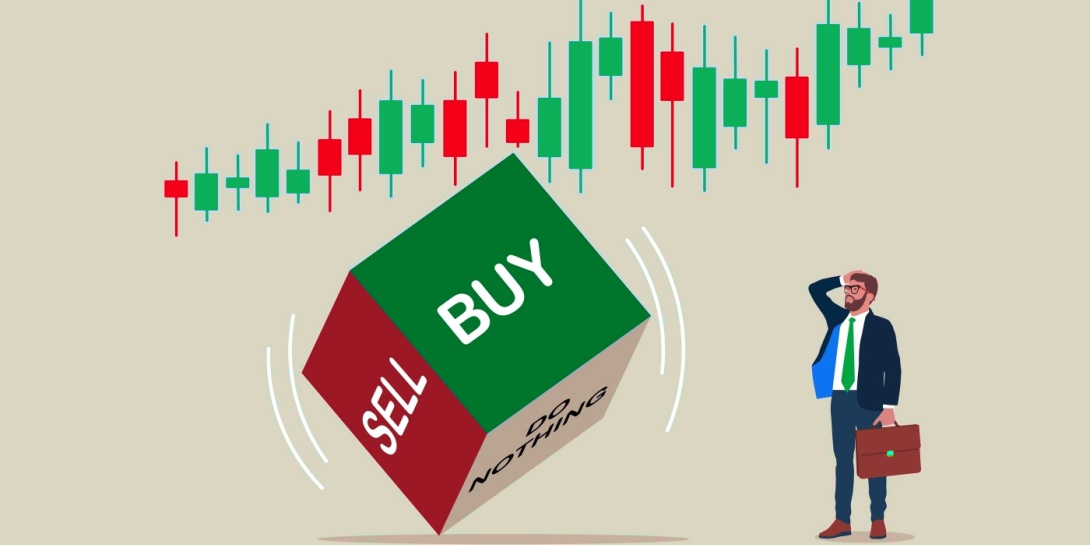Active and Passive Funds: Understanding the Difference

Difference between active fund and passive fund
When you begin your investing journey, the first thing you decide is the path - will you reach your destination by investing in active or passive funds? How will you decide it? The first step is to understand these investment options. Once you do, it will be easy to figure out which is a better option for you. Let us get started to help you find answers.
What are active funds?
Let us understand active funds with an example. Imagine you are at a busy market. Stalls are overflowing with fruits and vegetables, all seeking your attention. Active funds are like personal shoppers in this scenario. They go through the market, examining each option (stock) to create a basket of the freshest, most promising produce (investments) that aligns with your preferences (investment goals). Here is how active funds work:
- Active Fund Managers: These are financial experts who research and analyze companies listed on the stock market.
- Investment Strategy: They have a specific strategy in mind. Maybe they are looking for undervalued gems with high growth potential, or perhaps they focus on established companies with a history of steady dividends.
- Stock Selection: Based on their strategy, the fund managers actively pick and choose stocks to build a portfolio (your basket of fruits and veggies). They might buy stocks they believe will outperform the overall market or hold onto them for the long term to benefit from potential company growth.
What are passive funds?
Assume you are in the same market, but your strategy is different. This time, you are looking for a hassle-free way to get a good variety of fresh produce. Passive funds are like grabbing a pre-made fruit basket curated by a team of experts. They offer a pre-selected mix of fruits and vegetables, ensuring you have a well-rounded and balanced selection. You know, since the basket is curated by experts, most of the fruits and vegetables in the basket will be good. Here is how a passive fund works:
- Tracking the Market: These funds do not have individual star pickers like active funds. Instead, they follow a predetermined market index, like the Nifty 50. These indexes represent a basket of stocks that reflect the overall performance of a specific market segment (like a pre-made fruit basket with a variety of seasonal options).
- Automatic Rebalancing: The contents in the market are periodically reviewed and rebalanced by the index committee to ensure it reflect the market segment they represent. So, if a particular type of fruit becomes more prominent in the season, the basket might adjust accordingly (think adding more mangoes during peak summer).
- Lower Fees: Since there is no active stock picking involved, passive funds typically come with lower fees compared to actively managed funds.
Difference between active fund and passive fund
You understand the basics of both the fund, so it would be easy for you to differentiate the two. Here is how the funds are different:
|
Aspect |
Active Funds |
Passive Funds |
|
Management Style |
Actively managed by fund managers |
Passively managed, tracking an index |
|
Objective |
Outperform the market/benchmark |
Match the performance of the index |
|
Fees and Expenses |
Higher fees and expense ratios |
Lower fees and expense ratios |
|
Risk and Volatility |
Higher risk and potential volatility |
Lower risk and volatility |
|
Performance |
Potential for higher returns |
Returns align with market performance |
|
Research and Analysis |
Extensive research and analysis |
Minimal research, follows index |
|
Diversification |
Depends on the fund manager’s strategy |
Typically broad market diversification |
|
Transparency |
Lower, due to frequent changes |
Higher, portfolio mirrors the index |
Factors to consider before choosing active and passive funds
Choosing between active and passive funds depends on several factors. Let us look at each factor and help you decide which is a better option for you.
Investment Goals: If your goal is to achieve higher-than-average returns and you believe in the expertise of fund managers, active funds might be suitable. On the other hand, if your goal is to match the market's performance, seek steady returns, and minimize costs, passive funds are a good choice.
Risk Tolerance: Active funds tend to be more volatile and may carry higher risk due to active trading and stock selection. They are suitable for you if you have a higher risk tolerance. Passive funds generally have lower risk and volatility since they track an index.
Costs and Fees: Active funds typically have higher management fees and operating expenses due to active management and research. Consider if the potential for higher returns justifies the higher costs. Passive funds have lower fees and expenses due to minimal trading and management. They are cost-effective for long-term investors.
Performance Consistency: The performance of active funds varies widely based on the fund manager’s decisions. Evaluate the track record and consistency of the fund manager. The performance of passive funds is consistent with the index it tracks, providing predictable returns in line with market performance.
Diversification: Depending on the strategy, active funds may have less diversification, focusing on select securities to outperform. On the other hand, passive funds generally offer broad market diversification, reducing the impact of individual stock performance on the overall portfolio.
Before you go
Which fund do you think is better for you? The key takeaway is that choosing between active and passive funds depends on various factors, and before picking one, you should evaluate both options. By understanding the differences between these two types of funds, you can make more informed decisions and build a diversified portfolio that aligns with their financial objectives.
 Top Mutual Funds
Top Mutual Funds








COMMENT (0)